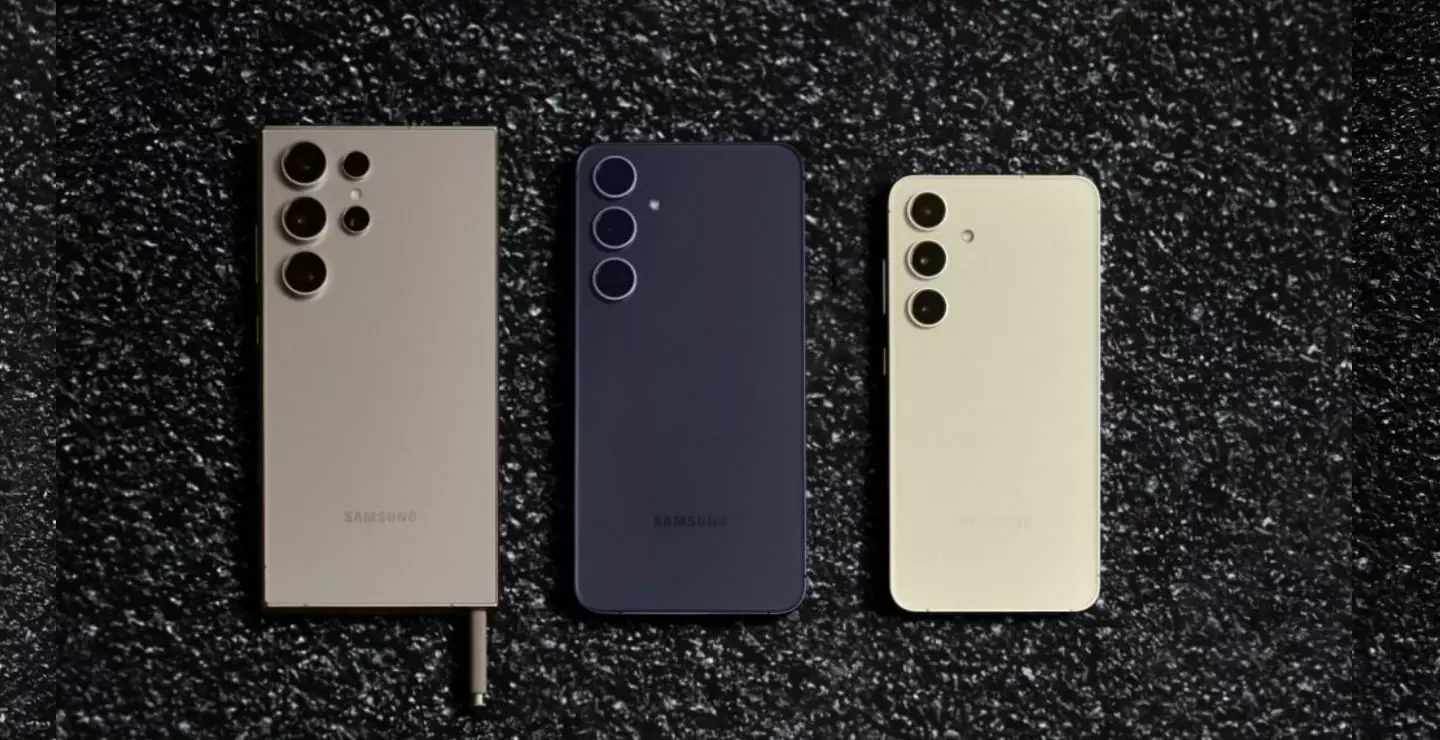The smartphone industry has witnessed a significant rebound in 2024, shaking off the stagnation of the previous two years. With a modest yet notable four percent increase in global shipments year-over-year, reports indicate that this sector is slowly returning to its former vitality. Industry leaders like Samsung, Apple, and Xiaomi are reshaping the market landscape, each vying for consumer attention amidst a backdrop of improved economic conditions.
After enduring two years of disappointing sales figures, the rise in smartphone shipments suggests a more favorable consumer outlook in 2024. The prevailing atmosphere of positivity can be attributed to macroeconomic enhancements, which have contributed to a resurgence in consumer confidence. Notably, 2023 saw the lowest smartphone sales in a decade, underscoring the significance of this newfound growth. According to insights from Counterpoint Research, the upward trend in shipments can be traced back to the fourth quarter of 2023, signaling an awakening in various global markets.
The recovery phase has spanned five consecutive quarters, reflecting a broad-based positive shift across virtually all territories, with Europe, China, and Latin America leading the charge. This resurgence is not merely a blip; it indicates a structural change within the smartphone market driven by evolving consumer preferences and innovative technology.
Samsung maintained its dominance in the smartphone sector, clinching a 19 percent market share as demand surged for its Galaxy S24 series. Characterized as the company’s first range of AI-enhanced smartphones, the S24 series received an enthusiastic response, particularly in the lucrative Western European and U.S. markets. This strong performance not only solidifies Samsung’s lead but also illustrates the growing consumer appetite for smarter, more capable devices.
In contrast, Apple, with an 18 percent market share, navigated a more challenging landscape with its iPhone 16 lineup. Despite facing criticism for limited availability of its new AI features at launch, Apple continued to demonstrate resilience, particularly in regions like Latin America, Africa, and parts of Asia-Pacific. The increasing demand for the Pro and Pro Max models in China highlights Apple’s ability to capture high-end market segments, which can be pivotal in maintaining its competitive edge.
Xiaomi’s position, although trailing behind the two giants with a 14 percent market share, reflects a remarkable growth trajectory. As the fastest-growing entity among the top five original equipment manufacturers (OEMs), Xiaomi’s strategies resonate well with budget-conscious consumers. Meanwhile, Vivo and Oppo, with eight percent each, round out the top contenders in a fiercely competitive landscape characterized by aggressive marketing and innovation.
While the leading brands have maintained their rankings, the competitive atmosphere is intensifying. Emerging players such as Huawei, Honor, and Motorola are making significant inroads into the market, revealing vulnerabilities among the top OEMs. These brands are particularly adept at capturing market share through innovative designs and pricing strategies that appeal to a broad spectrum of consumers.
The report identified Motorola as the fastest-growing OEM in the top ten rankings, emphasizing that the landscape is ripe for disruption and surprise. This shift highlights the importance of agility and responsiveness to consumer demand in a market that can change with brisk speed.
In tandem with market dynamics, the introduction of generative AI into smartphones is anticipated to revolutionize the user experience. Projections indicate that by 2028, the vast majority of smartphones priced above $250 will be equipped with generative AI capabilities. This technological evolution might redefine consumer expectations, leading to increased revenue growth that could outpace mere volume growth in the coming years.
The contrast between revenue growth at eight percent year-over-year against a four percent increase in volume serves to underline the shift in consumer spending patterns. Users are increasingly willing to invest more in advanced features rather than simply seeking the latest model.
The smartphone industry’s rebound in 2024 serves as both a testament to the resilience of key players and an indicator of shifting consumer dynamics. The combination of macroeconomic improvements and technological advancements, particularly in AI, is likely to influence market trends significantly in the near future. As the landscape continues to evolve, companies must remain vigilant and adaptive to stay ahead of the competition and meet the changing demands of today’s consumers.



Leave a Reply